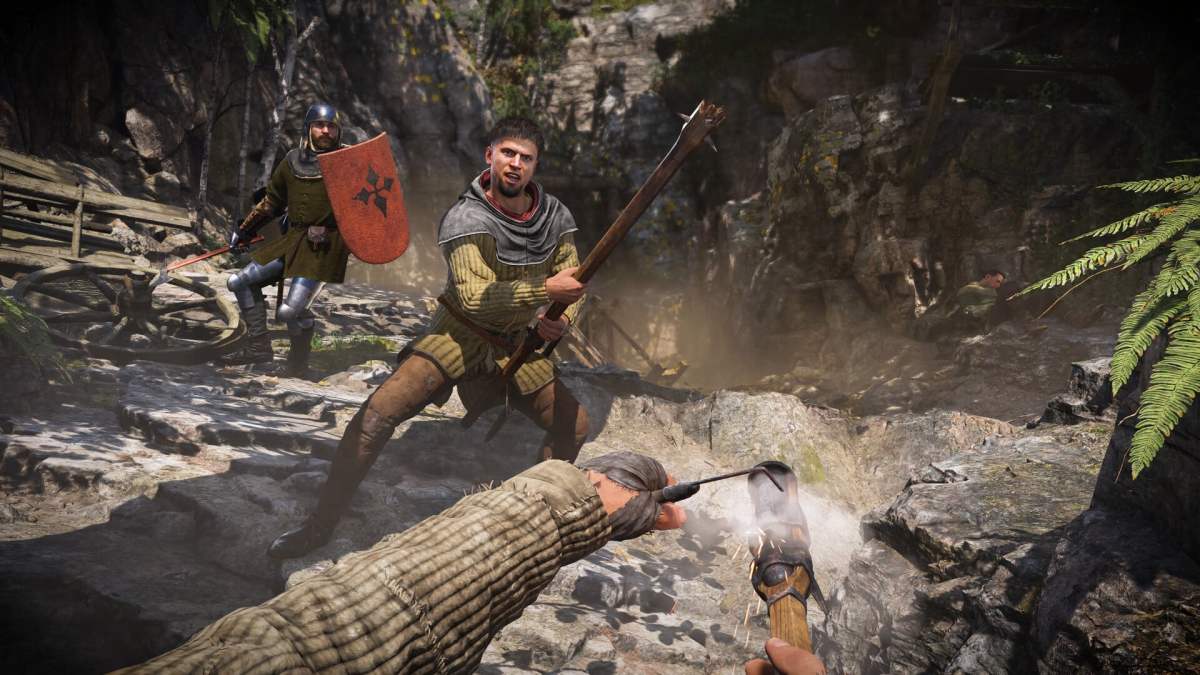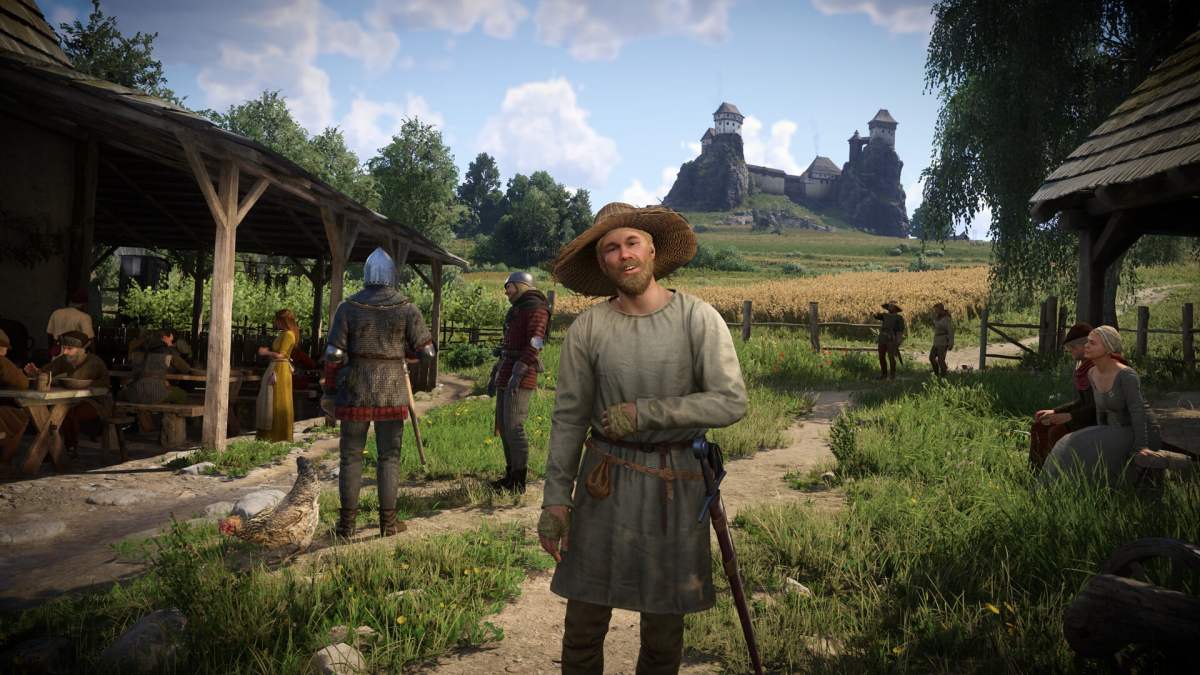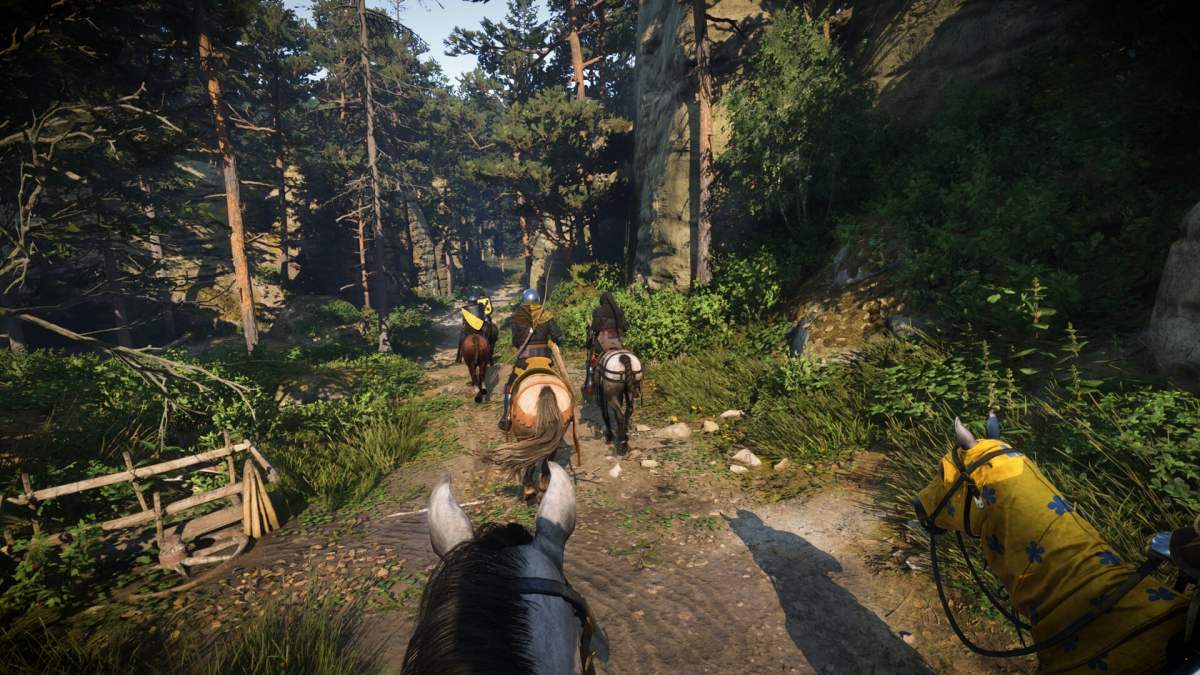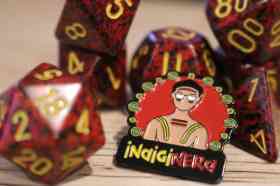It’s safe to say that more often than not, gamers take medieval-inspired games with a grain of salt. When faced with a sprawling, combat-heavy RPG that takes you deep into the Middle Ages, you expect a certain level of fantasy to impact on the realism of the environment – it’s just simple balance. There are concessions that must be made in order to make the game fun and engaging, rather than enveloping the player entirely in rigid accuracy.
But in Warhorse Studios’ Kingdom Come: Deliverance II, the typical concessions of the genre are fewer and farther between – in large part because the team worked hard to ensure that the balance favoured historical accuracy just as much as it did the fun of the game.
It’s a tricky balance to strike at the best of times. What stays? What goes? What elements are the most important to make a player feel comprehensively engulfed in the world of Bohemia? With a seven year development period, it’s fair to say that Warhorse Studios took the time to consider these questions seriously.
“At the end of the day, it should always stay possible, nothing should feel out of place,” said Tobias Stolz-Zwilling, Global PR Manager for Warhorse Studios, in an interview with GamesHub late last year. “Most [changes] are for technical reasons – houses might be bigger than they’re supposed to be, maybe there are more fancy places than there are supposed to be – but the overall package should be as close to the Middle Ages as you can get in a video game.”
Read: How Kingdom Come: Deliverance II builds on the scale and legacy of the original
How did Kingdom Come: Deliverance II maintain historical fidelity?
Video game production involves a lot of moving parts. In a game the scale of Kingdom Come: Deliverance II, there are typically multiple teams working tirelessly on different elements simultaneously, coming together to create a realistic depiction of the world. So when one of the core focuses of the game is accuracy, how do you make sure everyone is working towards the same goal?
“We have a full time historian on the team,” said Stolz-Zwilling. “She’s been with us maybe as long as I have – maybe even longer, so 2014 at least – and she works with the design team and the concept artist team.”
The historian in question is Joanna Nowak, and her role is to liaise with both internal teams and external sources in order to create a historically accurate depiction of the 1400s. Having worked on both Kingdom Come: Deliverance I and II, her experience in isolating the most important historical details was a vital component of development.
“She consults universities, museums, even re-enactors,” said Stolz-Zwilling. “”We try to consult as many people as possible then come up with the best possible balance – and again, the bottom line is that it should always be plausible.

It’s an extensive process – one that involves discussion and deliberation from all manner of sources, especially given the game includes real life historical figures. While some museums can advise on the timeline of real-world events, by also consulting with historically accurate re-enactors, the team can source authentic feedback on the heft of a particular weapon, or the difficulty of movement in a particular style of armour.
“I know that historians don’t like re-enactors so much because they are trying to take modern stuff and make it medieval, but that’s maybe the point,” said Stolz-Zwilling. “They can give us first-hand feedback on how it feels to wear a helmet, or wear armour.”
It’s this focus on varied consultation and meticulous research that allowed the team to vibe check Kingdom Come: Deliverance II and create an authentic medieval urban environment that reflects the reality of the time period.
Read: I taught myself to make chainmail, thanks to Kingdom Come: Deliverance II
It’s the little things
One of the most impressive elements of Kingdom Come: Deliverance II is its devotion to detail. From the specific textures and environmental storytelling, through to the consequences of your actions and the exact choice of words in dialogue, there’s a commitment to accuracy that feels next level.
These are elements that often go unsung in RPGs, overlooked in favour of exciting combat or engaging narratives. In a game like Kingdom Come: Deliverance II, however, they are at the forefront – especially for eagle-eyed fans who have been engrossed in the world. NPC behaviours, in particular, have gotten special attention on social media for their remarkable attention to detail.
Recently, Reddit users noticed that, over time, townsfolk in Kingdom Come: Deliverance II will scavenge dropped goods that have been abandoned in the world. Perhaps more intriguingly, however, is the fact that this behaviour is impacted by status. Patrik Papšo, a programmer at Warhorse, confirmed in a quote tweet on X/Twitter that this behaviour depends entirely on what the NPC deems valuable.
“They choose what they pick based on the value of the item and their social status,” said Papšo. “That’s why nobles might ignore cheap items, but beggars will pick them up.”
But that’s not all – there’s something special lying in the routine, mundane elements of Bohemia. Another recent post on X/Twitter highlighted how NPCs will develop their own routines, sitting down to breakfast with their families at the beginning of every day. While many games incorporate routines like this, it’s an additional level of immersion that builds upon Kingdom Come: Deliverance II‘s existing devotion to detail.

“It’s a video game first”
When it comes down to it, there are always going to be small sacrifices. Game development isn’t always linear, and while studios can focus their energies on making the most accurate, era-realistic depiction, there are still going to be moments where mechanics take priority.
“It’s a video game first, right?” said Stolz-Zwilling. “The authenticity, the historical realism – these are the tools we use to create the world, the quests, the dialogue and so on … However when there’s the balance between ‘make it realistic’ or ‘make it fun’, we’d rather go into the fun part.”
It’s this combination of unprecedented historical accuracy and fun that has given Kingdom Come: Deliverance II such a strong foundation for success – and you can see the effect in action now, post-release, with the game officially surpassing two million units in the past week.





